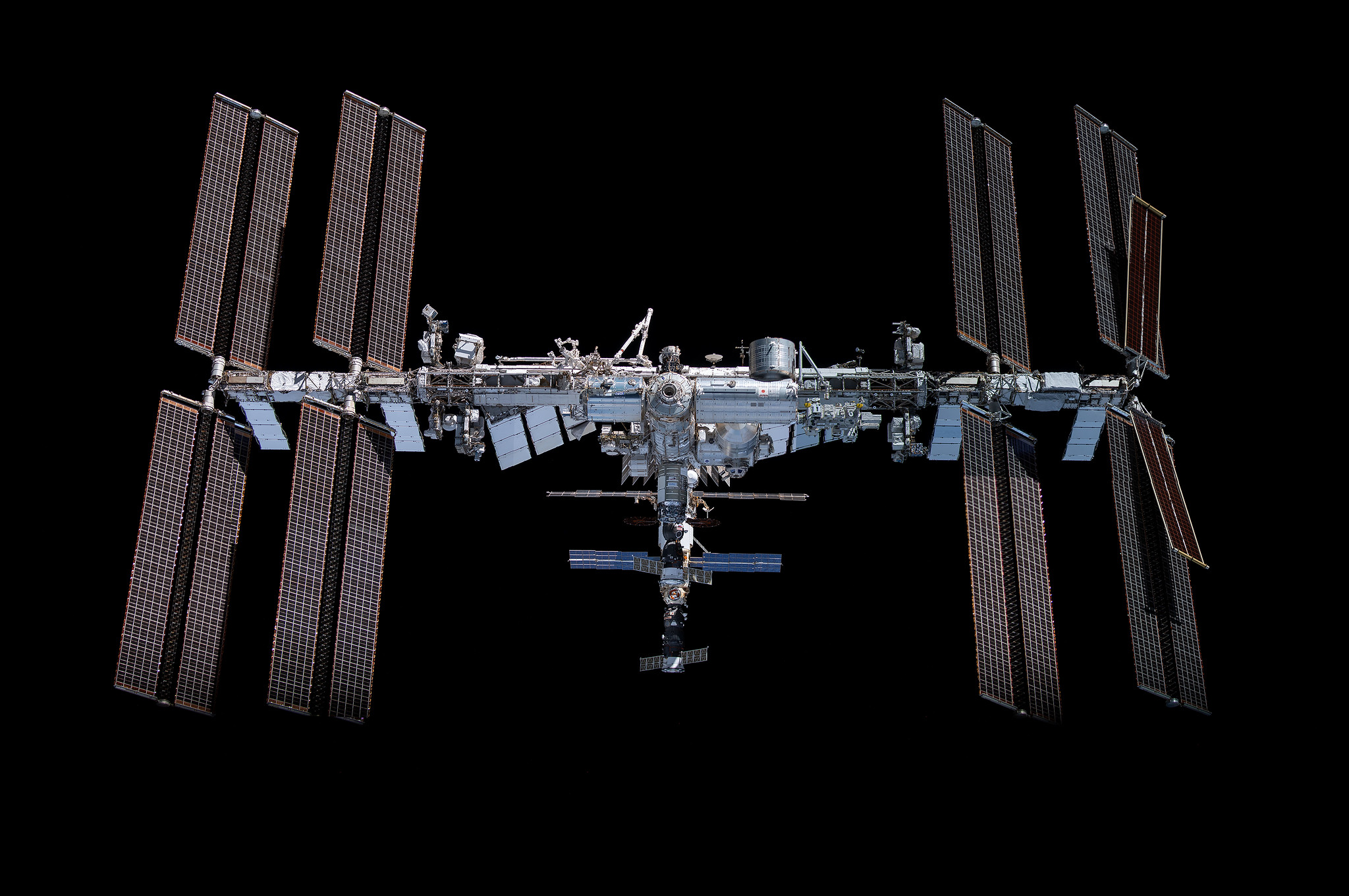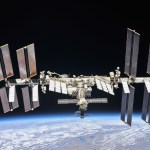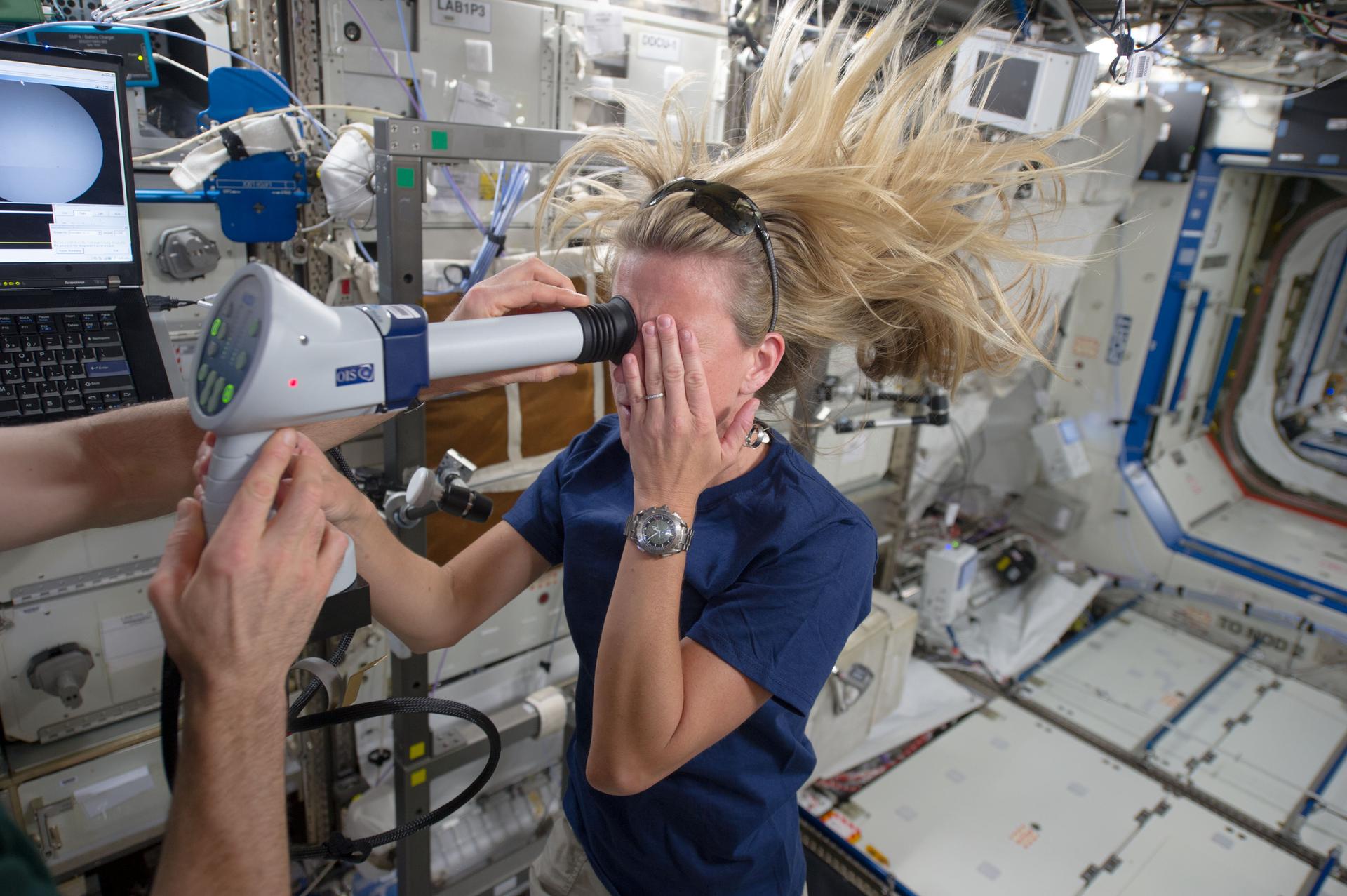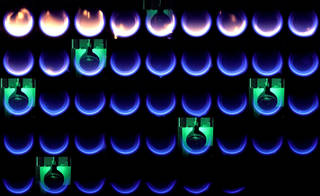Frequently Asked Questions About
The International Space Station Transition Plan
This article was updated Sept. 20, 2023, to reflect the latest information on the U.S. deorbit spacecraft.
The International Space Station Transition Plan laid out NASA’s vision for the next decade of the microgravity laboratory that is returning enormous scientific, educational, and technological developments to benefit people on Earth, and enabling our ability to travel into deep space. In the future, the United States plans to transition its operations in low Earth orbit to commercially-owned and -operated destinations to ensure continued access to essential research and technology development.
At the conclusion of the International Space Station Program, the station will be deorbited in a controlled manner to ensure avoidance of populated areas on Earth. The station’s safe deorbit is the shared responsibility of the five space agencies — including NASA, CSA (Canadian Space Agency), (ESA) European Space Agency, JAXA (Japan Aerospace Exploration Agency), and the State Space Corporation Roscosmos — that have operated it since 1998.
NASA and the International Space Station partner agencies have studied options to safely deorbit the space station, including the option of using up to three Rosocomos Progress spacecraft at the end of station operations. These efforts indicated that a new or modified spacecraft is needed to provide more robust capabilities for deorbit. NASA has engaged with U.S. industry and is proceeding with plans to procure a spacecraft (U.S. Deorbit Vehicle) that will perform the final, safe, deorbit maneuver of the space station.
Below are a series of the most common questions about this subject with answers from NASA engineers and specialists.
What comes after the International Space Station?
It is NASA’s goal to be one of many customers in a robust commercial marketplace in low Earth orbit where in-orbit destinations as well as cargo and crew transportation, are available as services to the agency. As NASA transitions operations and services in low Earth orbit to private industry, the agency will focus on human missions beyond this region at the Moon and Mars.
NASA currently is using the International Space Station as a microgravity platform for scientific research and technology demonstrations. Over the past 22 years of continuous human presence, the agency has enabled industry growth using the International Space Station as a test bed from the development of commercial cargo and crew spacecraft, designating U.S. segment research time to the International Space Station National Laboratory, and providing a platform for commercial use, including private astronaut missions.
The agency is also enabling private industry development of commercially owned and operated space stations, which are planned prior to the deorbit of the International Space Station to prevent a gap in services.
With the agency’s Artemis missions at the Moon in preparation for future human exploration of Mars, we are building on the research and technology development on the space station to inform how we live and work in deep space.
Why is NASA planning for the end of the International Space Station?
The International Space Station Program has maintained a continuous human presence aboard the microgravity laboratory for more than 22 years with assembly missions starting in 1998. Throughout the years, NASA and its international partners have worked together to operate, maintain, and upgrade parts of station. The technical lifetime of the station is limited by the primary structure, which includes the modules, radiators, and truss structures. The lifetime of the primary structure is affected by dynamic loading (such as spacecraft dockings and undockings) and orbital thermal cycling. NASA has committed to fully utilizing and safely operating the space station through 2030 as the agency works to enable and seamlessly transition to commercially-owned and operated platforms in low Earth orbit.
This will allow NASA to buy the services it needs from commercial companies for microgravity research and technology demonstrations while the agency explores the Moon, Mars, and beyond.
Why did NASA decide to deorbit the space station instead of alternative options?
NASA examined several options for decommissioning of the International Space Station, including disassembly and return to Earth, boosting to a higher orbit, natural orbital decay with random re-entry, and controlled targeted re-entry to a remote ocean area.
Disassembly and Return to Earth: The International Space Station modules and truss structure were not designed to be easily disassembled in space. The space station covers an area about the size of an American football field with initial assembly of the complex requiring 27 flights by NASA, using the since retired space shuttle with its large cargo bay and multiple international partner missions over a span of 13 years. In addition, new hardware has recently been added to the space station, including roll-out solar arrays and the Russian Nauka and Prichal modules. Any disassembly effort to safely return individual components faces significant logistical and financial challenges, requiring substantial work by astronauts and ground support personnel as well as a spacecraft with a return capability similar to that offered by the space shuttle’s large cargo bay.
Boost to Higher Orbit: The space station flies at an altitude where Earth’s atmosphere still creates drag, requiring regular re-boosts to stay in orbit. The station operates in low Earth orbit above 400 km in altitude and has a mass of more than 430,000 kg. Depending on solar activity, the station’s orbital lifetime (the amount of time before the station would naturally re-enter due to atmospheric drag alone) at this altitude is roughly one to two years. Decommissioning by boosting an object to a higher “graveyard” orbit to extend orbital lifetime is often done with smaller satellites operating near geostationary orbits (~36,000 km in altitude). This is not a realistic target for space station decommissioning because of the large mass of the space station and distance from its operational altitude to a “graveyard” orbit. Existing propulsive assets (spacecraft) do not have the capability to raise the space station’s altitude to such a high target.
With current capability, it would be possible to raise the station’s altitude enough to slightly extend the orbital lifetime, but not escape low Earth orbit. This disposal method carries a high risk to future operations in low Earth orbit since the station could not be refueled for debris avoidance maneuvers. A debris strike on space station poses critical risk to astronauts, could render the station uncontrollable, or create additional debris that would present a risk to other missions. Alternative propulsive methods to escape Earth’s gravitational pull have been explored, but these options would require new hardware, a large amount of additional propellants, and would impose large additional cost burdens for the development, test, and deployment of these methods. Ultimately, this decommissioning strategy would only increase risk of station being struck by orbital debris and delay the uncontrolled re-entry of the space station to a later date.
Random vs. Controlled Re-entry: A natural orbital decay of the space station with a random re-entry cannot ensure that any surviving debris lands in a remote, unpopulated area. The risks to the population associated with an uncontrolled re-entry for space station are not acceptable. A propulsive maneuver is required to mitigate risk to people and property on Earth and ensuring a controlled re-entry, targeted into a remote, uninhabited area in the ocean.
How will NASA deorbit the International Space Station?
The primary objective during space station deorbit operations is the responsible re-entry of the space station’s structure into an unpopulated area in the ocean. The chosen approach for safe decommissioning is a combination of natural orbital decay, intentionally lowering the altitude of the station likely using current propulsive elements, and then execution of a re-entry maneuver for final targeting and to control the debris footprint. This final maneuver is expected to require a new or modified spacecraft using a large amount of propellant.
Due to the high propellant requirement of this final maneuver, the Earth’s natural atmospheric drag will be used as much as possible to lower station’s altitude while setting up deorbit. Once all crew have safely returned to Earth, and after performing small maneuvers to line up the final target ground track and debris footprint over an uninhabited region of the ocean, space station operators will command a large re-entry burn, providing the final push ensure safe atmospheric entry into the target footprint.
What is the status of the deorbit spacecraft?
A draft U.S. Deorbit Vehicle Request for Proposals (RFP) was issued in May 2023. A final RFP was released in September 2023.
What happens when the space station deorbits? Will parts of the space station burn up?
The space station is by far the largest single structure ever built in space and represents physics and engineering challenges when it comes to re-entry modeling. The International Space Station is primarily made up of a combination of truss elements, modules, solar arrays, and radiators. The truss acts as the backbone of the station, providing physical support for the solar arrays, radiators, and modules. The various modules provide pressurized volume for the many microgravity experiments, a habitable area for crew, and ports for visiting spacecraft to dock and undock. The solar arrays and radiators provide power generation and thermal control for station hardware.
Based on behavior observed during the re-entry of other large structures such as Mir and Skylab, NASA engineers expect breakup to occur as a sequence of three events: solar array and radiator separation first, followed by breakup and separation of intact modules and the truss segment, and finally individual module fragmentation and loss of structural integrity of the truss.
As the debris continues to re-enter the atmosphere, the external skin of the modules is expected to melt away and expose internal hardware to rapid heating and melting. Most station hardware is expected to burn up or vaporize during the intense heating associated with atmospheric re-entry, whereas some denser or heat-resistant components like truss sections are expected to survive re-entry and splash down within an uninhabited region of the ocean.
Why doesn’t NASA plan to repurpose part of the space station for future commercial use or educational purposes such as displaying its modules or parts in a museum?
NASA will assess what internal components on the International Space Station could possibly be used on commercial destinations or returned for display.
After engaging via a Request for Information (RFI) to assess the possibility of reuse of the space station’s major components, NASA received no viable interest from industry. International Space Station modules and major components have a specific power, data and structural architecture which may not be compatible with future platforms. Additionally, disassembly is very complex and costly, with some levels of disassembly being infeasible.
NASA has entered into a contract for commercial modules to be attached to a space station docking port with plans to later detach, and has awarded three space act agreements for design of free-flying commercial space stations.
In addition, much of the structural hardware on station was designed and built in the late 1990s and 2000s. New commercial destinations will benefit from more recent technology advancements.
Preserving the station in a museum presents significant logistical and financial challenges – please see the disassembly and return to Earth section above.
Are there any environmental hazards associated with bringing the space station back to Earth?
The decommissioning plan for space station is the execution of a responsible, controlled, and targeted deorbit into a remote ocean area. During descent through the Earth’s atmosphere, the space station would burn, break up, and vaporize into fragments of various sizes. Some fragments would likely survive the thermal stresses of re-entry. Environmental impacts of these fragments within the anticipated impact area are expected to be small. To best protect people and property on Earth, the most remote areas of the ocean are targeted.
Once the debris enters the ocean, it is expected to settle to the ocean floor. Based on the findings of the International Space Station Environmental Impact Statement, no substantial long-term impacts are expected.
































